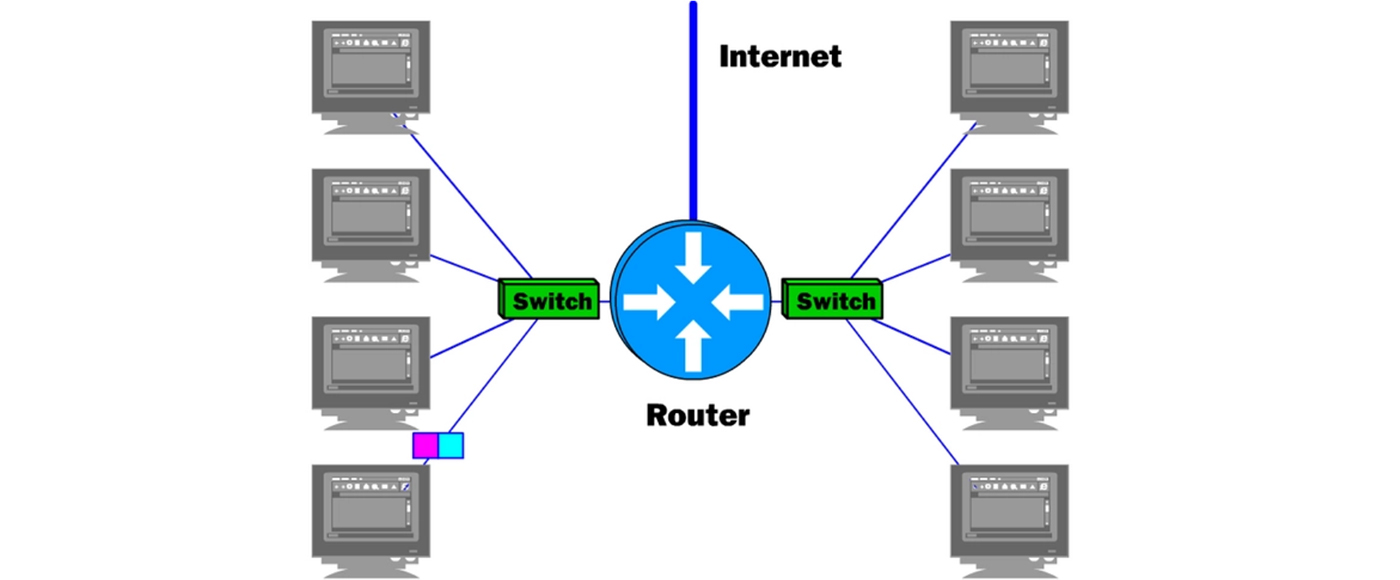Routers and switches are two common devices in a network, and their main differences are as follows:
Working mode
A router is a network device that can transmit data packets from one network to another. The router forwards data packets by searching for the target address and selecting the best path. Routers can connect to different types of networks, such as local and wide area networks.
A switch is a network device that can forward data packets from one Port forwarding to another. The switch determines the destination address of the data packet by learning the MAC address, and forwards the data packet to the correct port. Switches are typically used to connect multiple devices in a local area network.

Application Scenario
Routers are typically used to connect different networks, such as connecting internal company networks and the internet. Routers can provide network security features, such as firewalls and virtual private networks (VPNs).
Switches are typically used to connect multiple devices in a local area network, such as computers, printers, and servers. The switch can provide high-speed data transmission and network flow control functions.
In addition, the port types of routers and switches also vary.
Routers typically have WAN ports and LAN ports, which are used to connect to the internet and LAN ports to connect to the local area network. Switches typically have multiple LAN ports for connecting multiple devices.
In practical networks, it is usually necessary to use both routers and switches to construct a network architecture.
For example, a corporate network may require the use of routers to connect to the internet and switches to connect multiple computers and servers. Therefore, understanding the differences and application scenarios between routers and switches is crucial as it can help us better design and manage networks.
Post time: Jul-17-2022

